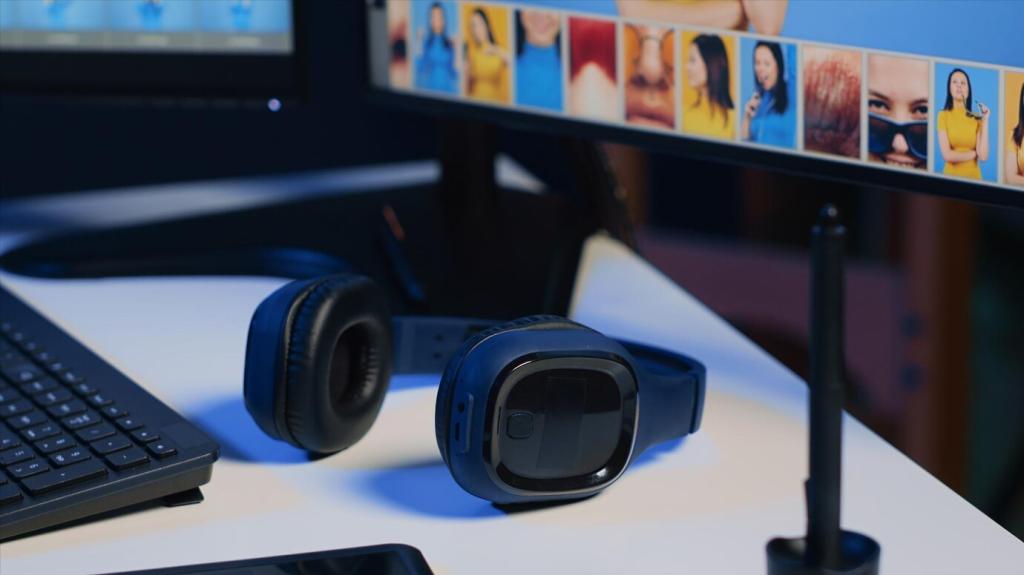Social and Relationship Signals
Glancing at your phone mid‑sentence or missing jokes prioritizes pings over people. Ask a friend to tally interruptions during one shared meal, then compare impressions; the gap between intent and impact can be illuminating.
Social and Relationship Signals
Waiting lines, commutes, and quiet evenings vanish behind glass. When micro‑moments feel intolerably empty without a device, that discomfort is data. Note where you feel it most and what you’re avoiding feeling.


